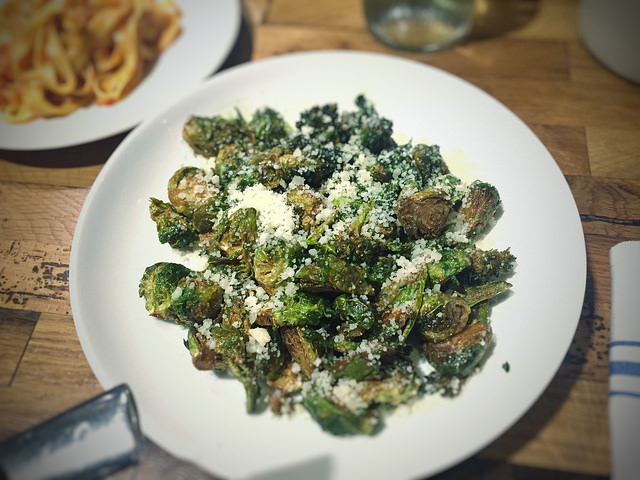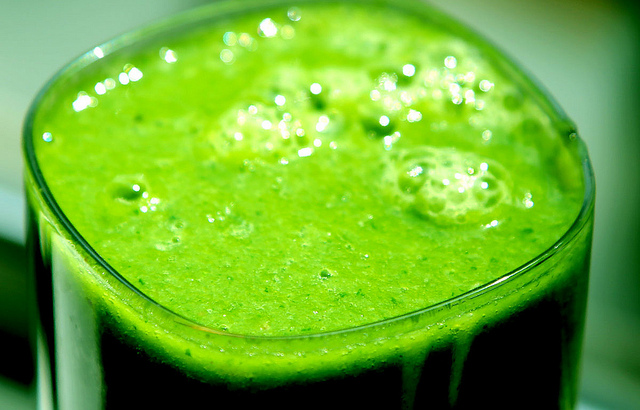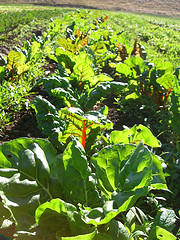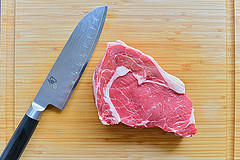We all know that a bite from a mosquito can cause redness, swelling, and an uncomfortable amount of itching. Thankfully, there are many different ways to keep mosquitoes away using all natural ingredients. Follow these simple tips and natural repellent recipes to keep the mosquitoes away this summer.
- You can easily make your own citronella candles to place around your outdoor space. Citronella essential oil is known to be one of the most effective ways to repel mosquitoes.
- Mosquitoes hate lavender. To keep them out of your home, add a few drops of lavender oil onto a ribbon and place the ribbon around open windows. This is sure to keep them from entering.
- Make your own repellent spray using oils such as citronella, lemongrass, and eucalyptus to spray on your skin before you go outside.
- You can also make your repellent spray out of geranium, tea tree, and peppermint.
- You can also easily make your own repellent lotion using coconut oil, peppermint, lavender, or clove essential oil.
13 Natural Ways To Keep Mosquitoes Away [Natural Living Ideas]
All-Natural Homemade Bug Spray Recipes That Work! [Wellness Mama]
DIY: Homemade Insect Repellent Sprays and Lotions [Inhabitat]













 Equal Housing Opportunity
Equal Housing Opportunity